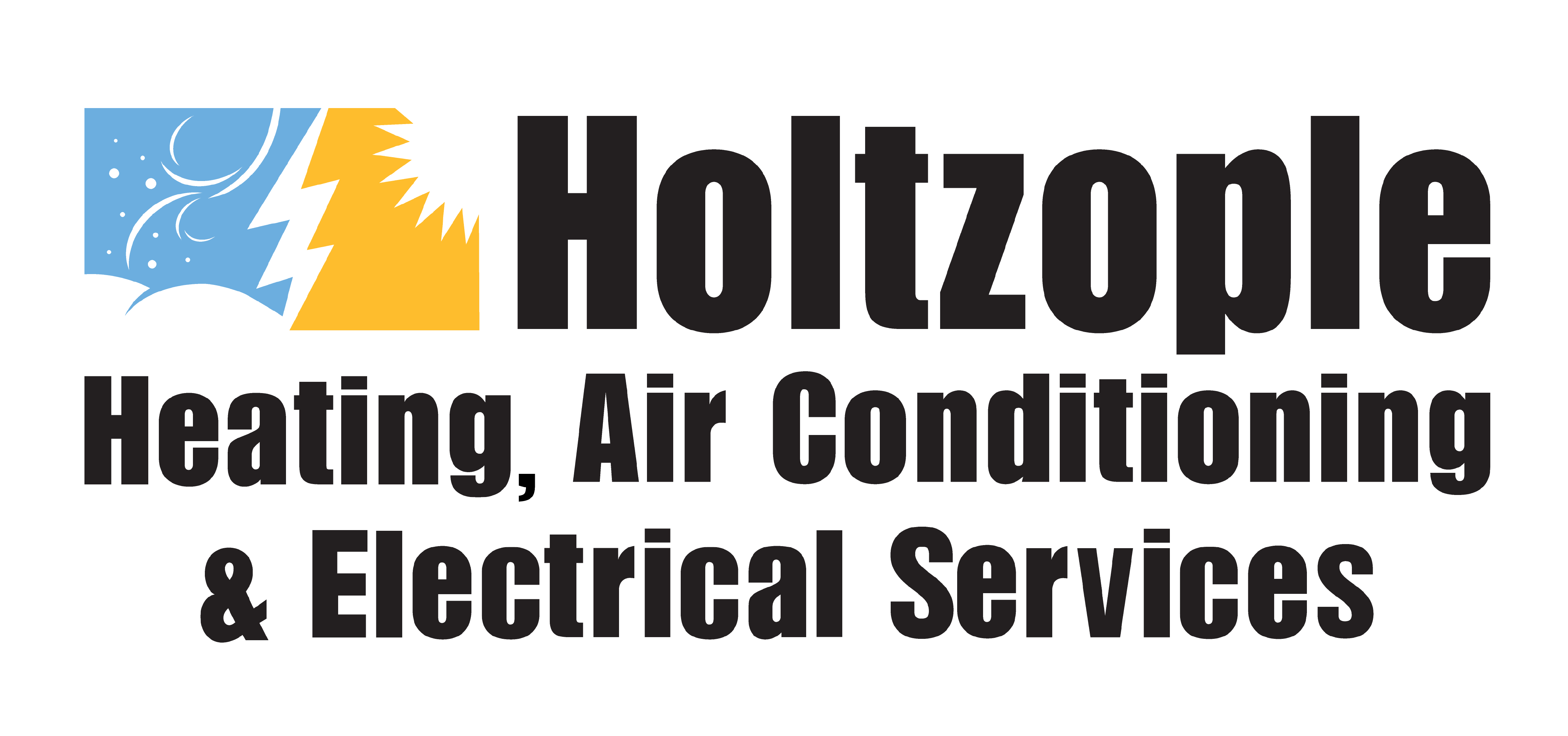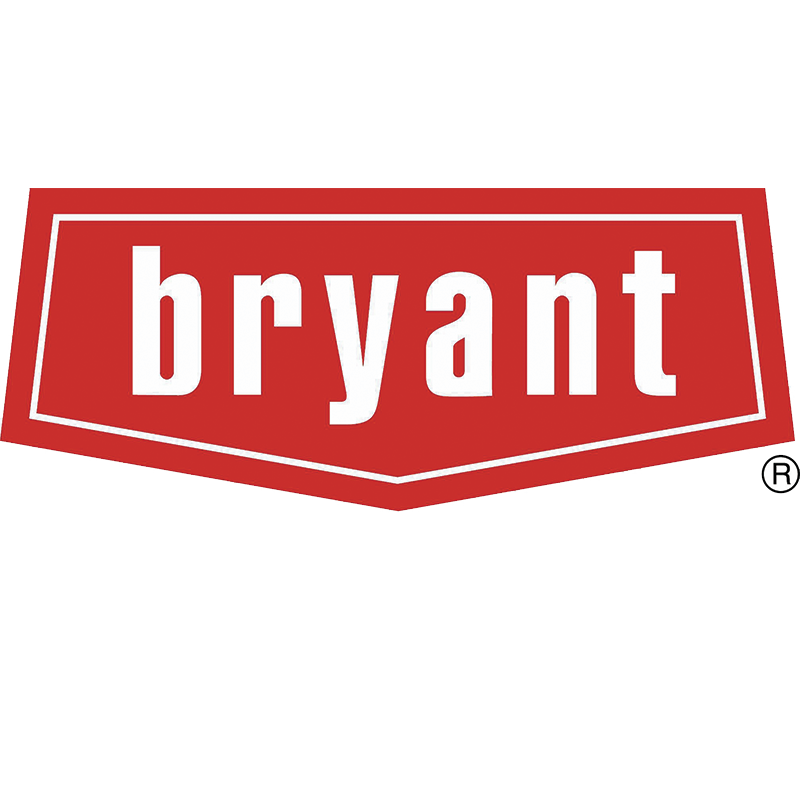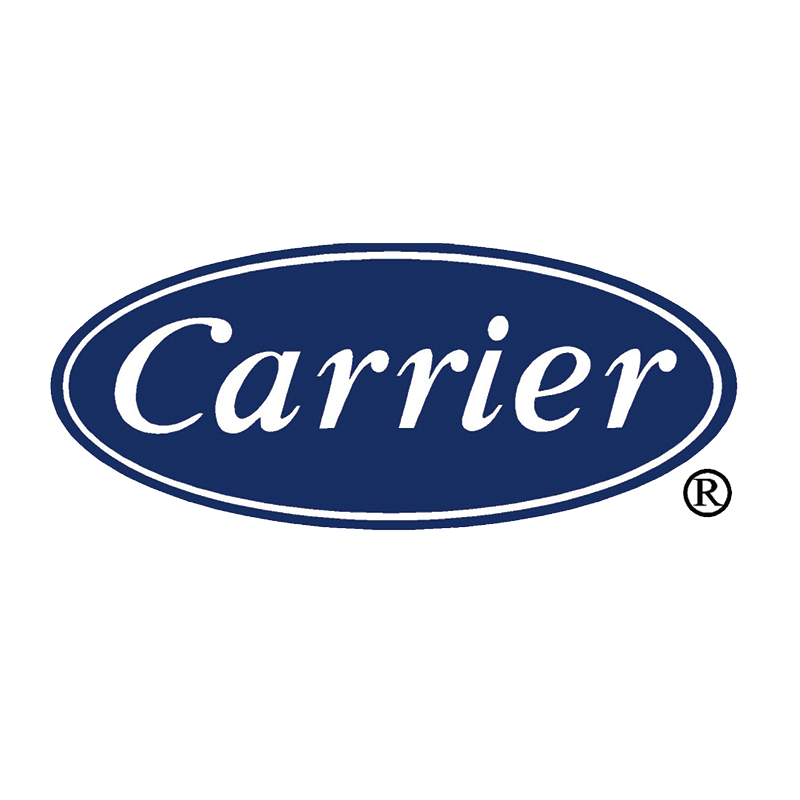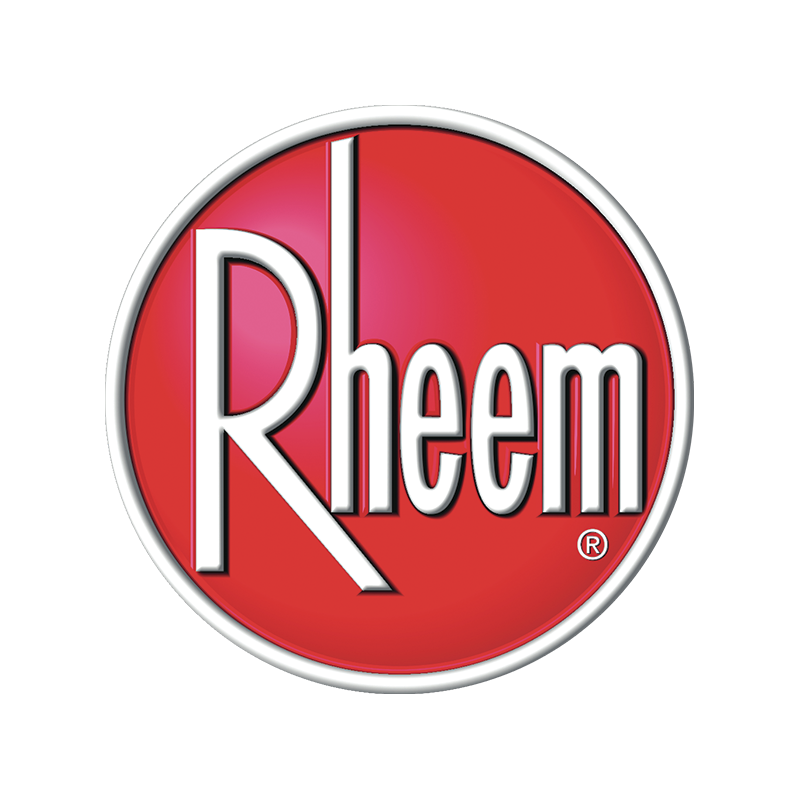Residential Boiler Guide: What You Need to Know—Part 1 of 4
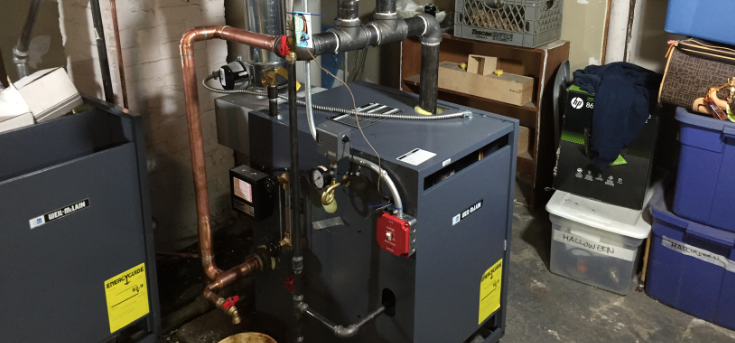
According to Energy Star, half of the energy in your home is used for heating and cooling. Therefore, it follows that the decisions you make about your home’s heating system can affect both your budget and your comfort. While a forced air system can cost less to install, and costs about the same as a boiler to operate, residents who live in colder areas often turn to a residential boiler system as they provide more heat.
Most homes in the US are heated by furnaces or boilers. This blog, the first of four in the series, is for homeowners who either currently have a residential boiler, or are considering an upgrade to their heating systems that include a boiler. Topics for discussion in this series will include how boilers work, types of boiler systems, terms you need to know, advantages, things to consider before buying, potential issues and safety, and troubleshooting and maintenance. We’ll end the last blog with a list of top boiler choices based on consumer reviews.
How Do Boilers Work?
A boiler system works by heating water inside a tank which creates either hot water or steam. The hot water or steam is forced through pipes to radiators or baseboards, where it produces warmth. Although some older or larger homes may have steam heating systems, most boilers found in homes are hot water heating systems.
A boiler typically sits on top of a burner where it burns fuel, most often natural gas, to produce heat. Natural gas is most often piped into the residence from an underground pipeline. In rural areas that do not have natural gas lines, propane is usually used—and is kept in a tank outside. Natural gas and propane are most often the fuels of choice, because they are more affordable than fuel or heating oil. However, in certain areas of the US—specifically the northeast—it is still possible to find boilers that are heated by fuel or heating oil, although most of them have already been or are in the process of being converted to burn natural gas or propane.
Evaluating Types of Boiler Systems
As previously mentioned, there are two main types of boiler systems: hot water boilers and steam boilers. A hot water boiler system heats water and pumps it through radiators or baseboards in the house. A steam boiler system heats water to create steam, which is pumped throughout the house’s radiators. Often, these systems will also heat water the household uses for bathing and cooking, eliminating the need for a separate hot water tank.
When comparing boiler systems, a main consideration should be its operating efficiency. How much fuel will your boiler need to create heat? The less it needs, the more efficient it is—saving you money on your heating costs without compromising comfort.
Residential boilers are designated as Standard Efficiency or High-Efficiency. Standard efficiency systems are typically ranked at approximately 84% in efficiency and are slightly less expensive. High-efficiency boilers have an energy efficiency of greater than 90% and are usually Energy Star-certified. (Energy Star is a certification from the federal government that a boiler has an energy efficiency rating of over 85% and sometimes qualifies for energy tax credits.)
With a standard efficiency product, a higher percentage of energy is lost during the heating of the water, and during its conduction to the radiators, coil, or radiant floor system. Boilers that are more than 10 years old typically have efficiency ratings of between 50–70%. That means that 30–50% of the fuel is going to waste.
A high-efficiency boiler traps heat that escapes and directs it back into heating the home—decreasing costs and increasing comfort. Keep in mind, however, that the initial cost of a high-efficiency boiler unit may be higher. A high-efficiency boiler can be more expensive to install due to its more complex technology, and making the changes a residence needs to be able to handle it can add fees.
Because it uses less fuel, a high-efficiency boiler is also more environmentally-friendly. One of the most impactful things you can do to help the environment is to opt for an efficient home heating solution that creates minimal pollution.
So that consumers can more easily compare residential boiler systems, the Federal Trade Commission requires that they display their Annual Fuel Utilization Efficiency (AFUE) ratings:
| Product | AFUE |
| Older Low-Efficiency Boilers | 56–70% |
| New Minimum Efficiency Standard Boilers | 78% |
| New Mid-Efficiency Boilers | 80–83% |
| New High-Efficiency Boilers | 90–93% |
How much a household will save by installing a new boiler system depends on the AFUE of the boiler you’re replacing as well as the AFUE of the new system. The U.S. Department of Energy suggests that if you are replacing an old boiler with a new high-efficiency one, it’s possible to reduce fuel costs by a full 50%.
Next month, we’ll talk about terms you need to know when researching boiler systems, and considerations you need to factor into your evaluation and decision.
